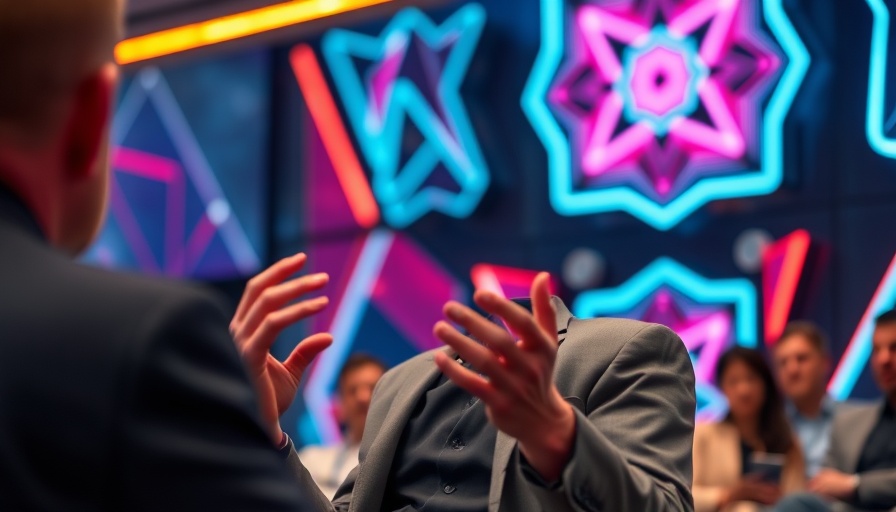
Tesla's Push into Autonomous Driving Raises Eyebrows
As Tesla makes strides in the realm of autonomous driving with its newly launched robotaxis, the initiative is attracting significant regulatory scrutiny. Launched in Austin, Texas, these robotaxis represent a critical test for the automaker’s cutting-edge technology. While the excitement surrounding these vehicles is palpable, so too are concerns regarding their safety protocols.
Federal Attention Sparks Safety Concerns
Just one day after launching the robotaxi service, the National Highway Traffic Safety Administration (NHTSA) reached out to Tesla. Their inquiry followed the surfacing of multiple videos online, showing instances where the robotaxis appeared to violate traffic laws, raising questions about their operational safety. The NHTSA stated in an email that they are aware of the incidents and are actively working with Tesla to gather information. This proactive stance indicates regulators are prioritizing public safety as autonomous vehicles start to enter the mainstream.
A Deep Dive into Operating Technology
The robotaxis utilize an unsupervised version of Tesla’s Full Self-Driving (FSD) software. While Tesla's existing FSD technology has been marketed to individual vehicle owners as requiring driver oversight, its robotaxi variant is engineered for autonomous operation. This autonomy raises critical questions about the adequacy of oversight mechanisms in ensuring passenger safety, much as the NHTSA emphasizes its role in maintaining rigorous safety standards across new technologies.
The Road Ahead for Autonomous Vehicles
Regulatory bodies will likely ramp up their oversight as the industry evolves. In the near future, we may see guidelines tailored specifically for autonomous vehicle operations, acknowledging both the rapid pace of innovation and the pressing need for safety. In the face of these challenges, Tesla and other companies in the autonomous driving arena must remain transparent in their practices and responsive to regulatory feedback to ensure safe deployment of next-gen technology.
Impact of Public Perception
The response from the general public and potential passengers will critically shape the trajectory of autonomous vehicle technologies. With footage of robotaxis behaving erratically circulating on social media, Tesla will need not only to perfect their technology but also to rebuild public trust. Addressing safety concerns head-on could enhance consumer confidence and accelerate acceptance of robotaxi services.
Conclusion: Embracing Innovation with Vigilance
As Tesla embarks on this ambitious journey into autonomous transport, regulatory scrutiny and public perception are critical factors to navigate. The future will require a delicate balance between advancing technology and ensuring safety standards. The robotaxi rollout is just the beginning; as technology evolves, so too will regulations and public expectations.
 Add Row
Add Row  Add
Add 




Write A Comment